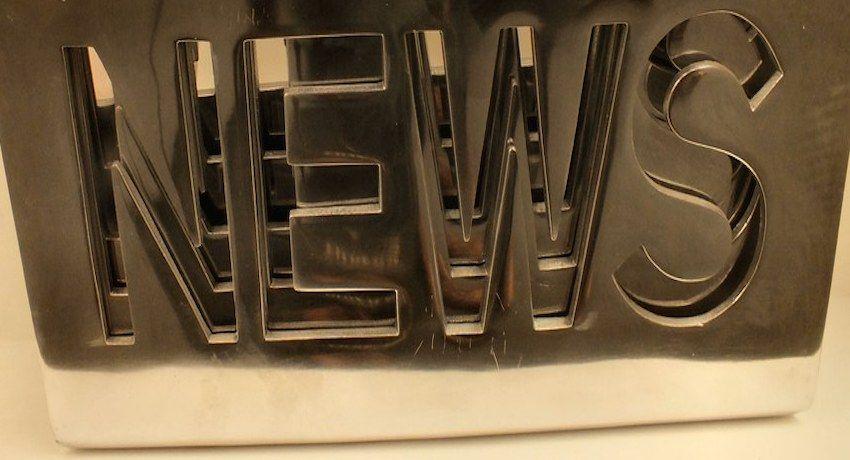
ROLEX
In 2014, the company PWT A/S registered as an international trade mark designating the European Union a figurative sign representing a crown, covering goods and services in classes 3, 9, 18, 25 and 35.
An opposition was filed by Rolex against the registration of the above-mentioned trade mark in class 25 (namely “clothing, footwear and headgear”). Rolex based the opposition on two earlier figurative EUTMs:
- A purely figurative trade mark featuring a crown; and
- A figurative trade mark with word elements, showing a crown and the term “ROLEX”, both for goods in class 14 (watches).
The grounds on which the opposition was based were those referred to in articles 8.1.b) and 8.5 of the European Union Trade Mark Regulation (EUTMR), namely likelihood of confusion among the general public and trade mark with reputation.
The Opposition Division of the EUIPO upheld the opposition on the basis of article 8.5 EUTMR. A subsequent appeal was lodged by PWT A/S before the Boards of Appeal (BoA), which annulled the decision, finding that there was not likelihood of confusion, due to the difference between the goods at stake. Furthermore, the BoA found that Rolex’s reputation was not proved for the purely figurative crown mark.
Rolex lodged an appeal before the General Court (GC), arguing that, as stated in article 8.1.b), a trade mark application must be refused if the sought trade mark is identical or similar to an earlier trade mark and if the goods or services covered are similar or identical. According to Rolex, the goods at issue were similar, since the earlier trade mark covered “watches” and the contested trade mark “clothing, footwear and headgear” and both “belonged to market segments that were close to each other”.
In this case, the GC confirmed the BoA’s decision, stating that the goods at issue were different and therefore rejected the existence of likelihood of confusion.
As regards article 8.5 EUTM, the earlier trade mark must fulfill the following requirements:
- To have a reputation in the member states where it is registered.
- EUTM applications could not be granted if they are identical or similar to the earlier trade mark, even when the goods and services applied for are not similar to the ones covered by the earlier registration.
- When “the use without due cause of the trade mark applied for would take unfair advantage of, or be detrimental to, the distinctive character or the repute of the earlier trade mark”.
Rolex claimed that the contested crown logo was identical to its earlier crown figurative mark, and was therefore taking unfair advantage of the reputation of the latter. However, the Court considered that although Rolex’s figurative trade mark with verbal elements (showing a crown and the term “ROLEX”) had reputation, Rolex’s crown logo alone lacked of reputation among the relevant public.
Consequently, the GC dismissed the appeal and confirmed that there was no likelihood of confusion between the two trade marks – since “watches” and “clothing, footwear, headgear” were different goods -, and no risk of taking unfair advantage of Rolex’s reputation, within the meaning of article 8.1.b) and 8.5 EUTMR.
SONOS - GOOGLE
As we reported last February, Sonos sued Google for allegedly infringing its patents on smart speaker devices.
In a nutshell, Sonos devices incorporated multi-room audio setting, a technology that was protected via several patents, whereby users could automatically configure and synchronise the volume level of all speakers present in a house. Google incorporated this technology to its own devices, without seeking for Sonos’ authorisation, and for this reason it was sued for infringing five of its patents.
The US International Trade Commission (ITC) already ruled that Google was infringing Sonos’ patents and thus entailed a prohibition to commercialise the infringing products in the US.
For this reason, Google implemented some changes to its devices and came up with a workaround to avoid the bid. For instance, Google removed the ability to control the volume of Chromecast remotely from its devices, such as the Pixel phone, and then reinstated it using a different technology.
In a recent decision, the ITC has approved the changes implemented for the five patents, which means that Google has found alternative solutions to maintain some functionalities without infringing Sonos’ patents.
Details
- Publication date
- 26 January 2023
- Author
- European Innovation Council and SMEs Executive Agency
